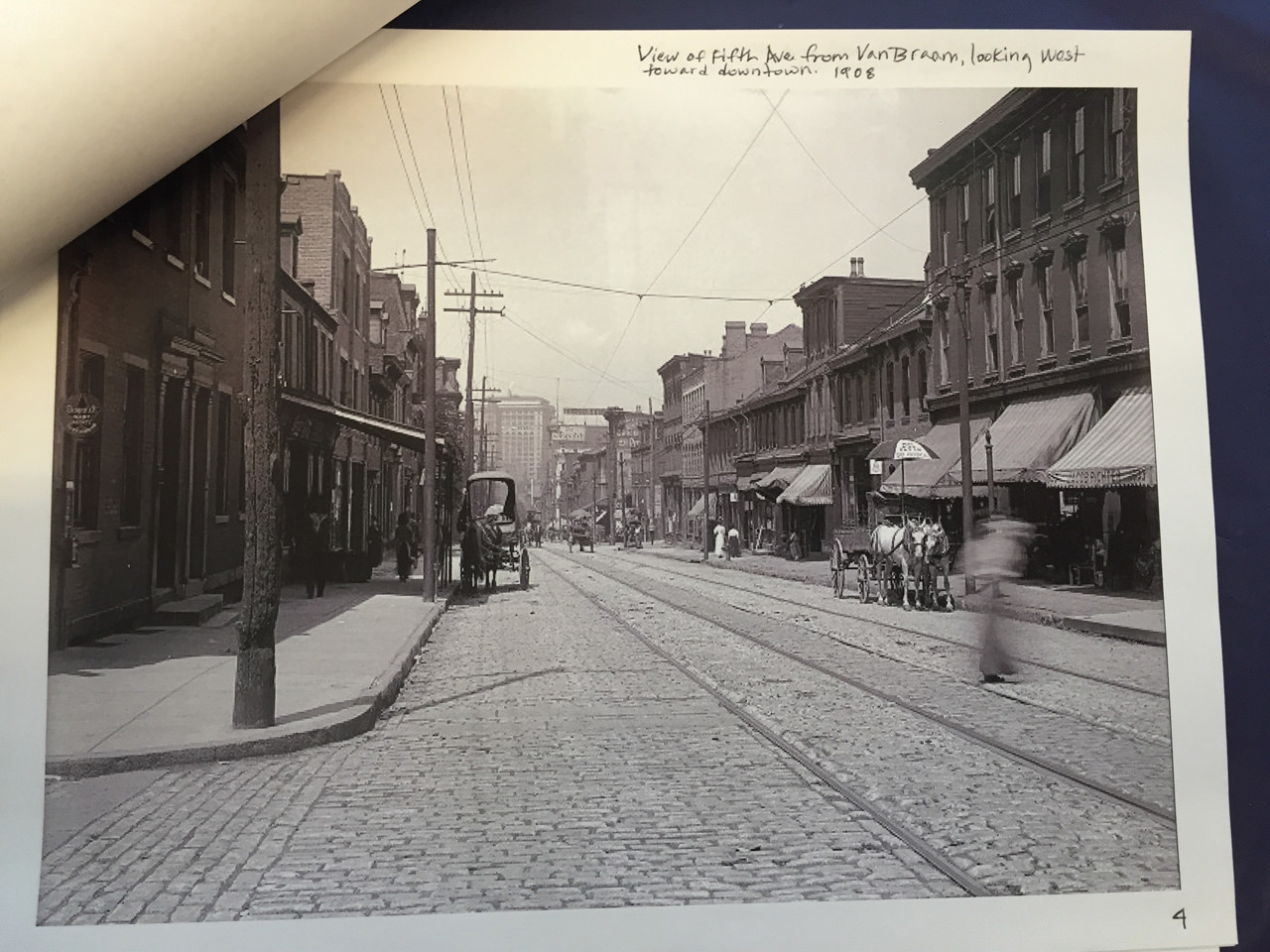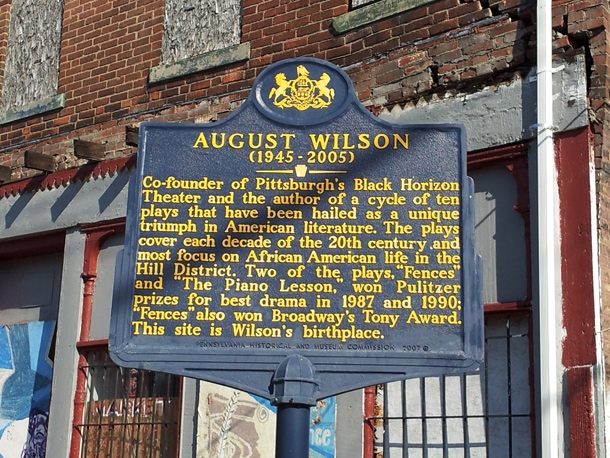
by Alicia Dye | staff writer
Feb. 17, 2022
Known as the kindest man on television by many, Pittsburgh-native Fred Rogers, better known as Mr. Rogers, taught emotional lessons to generations through his television show, “Mr. Rogers’ Neighborhood;” changing the lives of thousands of children.
Mister Rogers was born on March 20, 1928 in Latrobe, Pa. Rogers did not set out to be a television star; he wanted to be a floor manager but he soon learned commercial television was not for him. That’s when he founded the Pittsburgh education station, WQED, which was the first community supported television station.
After founding WQED, he started out as a co-producer for “The Children’s Corner,” as well as being a puppeteer and an organist on the show. Rogers then served as the program manager for WQED as well as “The Children’s corner”, before Rogers moved to Canada for a short period of time, where he started his famous “Mister Rogers” show.
Rogers moved back to Pittsburgh in 1966 and launched the modern day version of “Mister Rogers’ Neighborhood,” which ended up airing nationally in 1968. The show aired from 1968 until 2001.
The show didn’t star Rogers alone. There were many regular characters including Mister McFeely, Lady Aberlin, Officer Clemmons and many more.
“Mister Rogers’ Neighborhood” included many segments, but Rogers always started the show with him singing “Won’t you be my neighbor?” where Rogers puts on his classic red cardigan and puts on casual shoes and ties them.
One segment he always had was the neighborhood of Make Believe, which consisted of single-handed puppets that portrayed real feelings as they grow. Some regular puppets include Daniel Striped Tiger; who is a shy and gentle tiger, King Friday XIII, who is the ruler of the Neighborhood and cares deeply for his subjects; Lady Elaine Fairchilde, who is a troublemaker, but is brave and speaks her mind. Some other puppets include Henrietta Pussycat and X the Owl.
Another segment that Rogers would always do on the show was “Did you see what I brought?” where Rogers shares people, places and things with the audience, so he could create a personal connection with the audience.
Rogers would occasionally have guests on the show, ranging from regular children, such as Jeff Erlanger, a 10-year-old in a wheelchair to different celebrities, such as Bill Nye, Julia Child and Yo-Yo Ma.
Rogers had a large impact on generations of people, and is seen as one of the kindest people to live. Rogers’ show taught children many things, such as how to deal with their fears, how to deal with grief, death and more.
“When we can talk about our feelings, they become less overwhelming, less upsetting, and less scary. The people we trust with that important talk can help us know that we’re not alone,” Rogers said.
Rogers did episodes on topics that were seen as scary for children. Rogers talked about the Iran Hostage Crisis in 1970, the Challenger explosion in 1986, and even talked about divorce and death.
Rogers even touched on sensitive topics, such as desegregation. In episode 1065 of “Mr. Rogers’ Neighborhood,” according to Biography, Rogers invited Officer Clemmons, a Black police officer on the show, to join him in a small, plastic pool. While this may not seem controversial now, when the episode aired it was 1969, and although the Civil Rights Act of 1964 had been passed, many pools across the country were still segregated. That day, Mr. Rogers showed that Black and white people could peacefully share a pool.
Rogers received four daytime Emmys for “Mister Rogers’ Neighborhood” and was inducted into the Television Academy Hall of Fame in 1999. Rogers also received a Peabody Award and received the Presidential Medal of Freedom in 2002.
Rogers passed away Feb. 27, 2003 at the age of 74. Rogers’ final resting place is at Unity Cemetery in Latrobe, Pennsylvania.
Rogers’ legacy lives on today, as he has many exhibits about him throughout Pittsburgh. The Senator John Heinz History Center has a whole exhibit dedicated to Rogers, and St. Vincent has a Fred Rogers Center, whose mission is to carry on Rogers’ vision of helping children.
Emily Ruby, curator of the Rogers exhibit at The Senator John Heinz History Center, said Rogers’ legacy is important because of the way he spoke to children.
“His message is timeless,” Ruby said.
Rogers’ kindness and his message live on through “Daniel Tiger’s Neighborhood”, an animated PBS show created by Fred Rogers Productions in 2012, according to PBS.
All information in this work was sourced from misterrogers.org unless stated otherwise.




